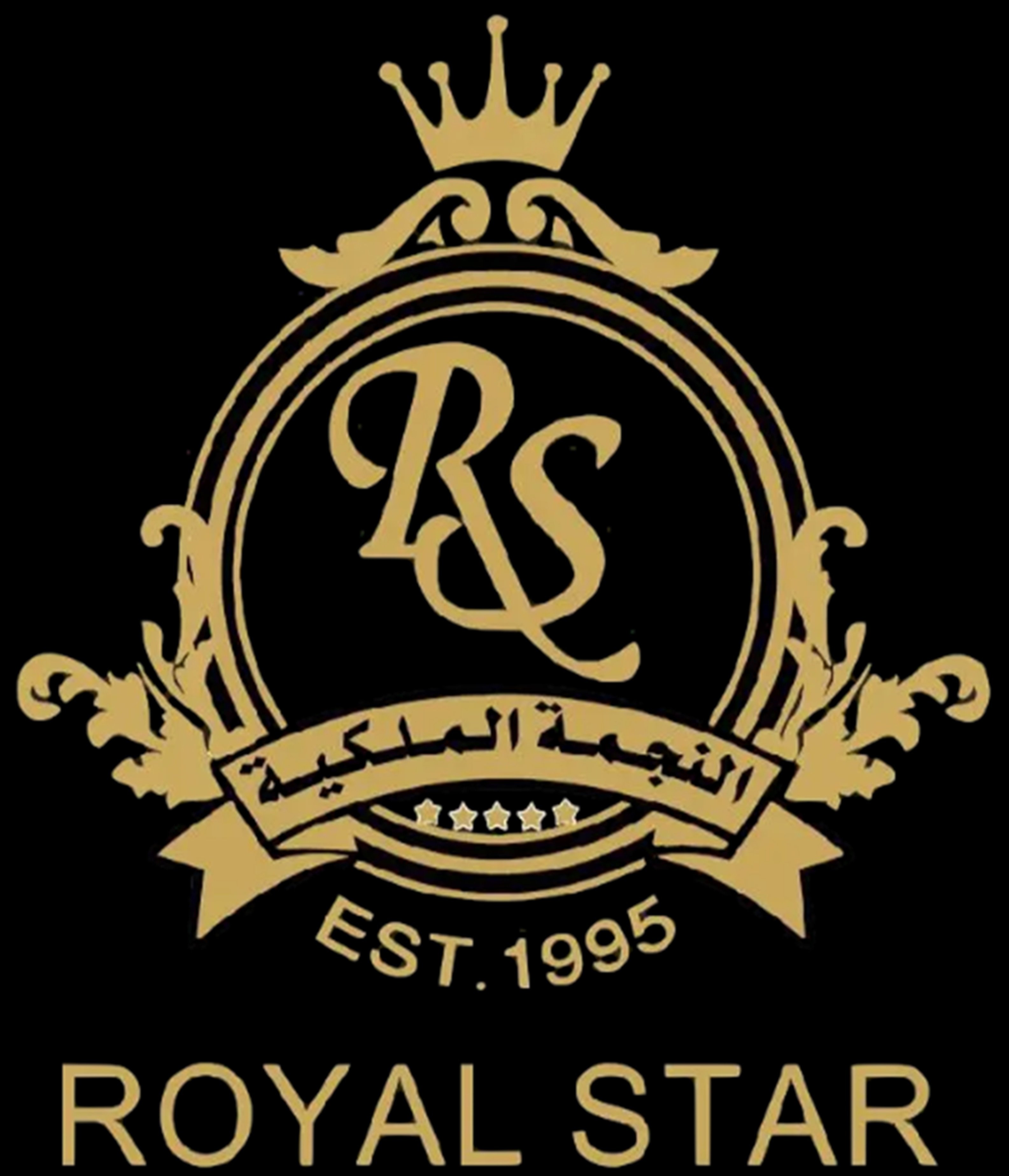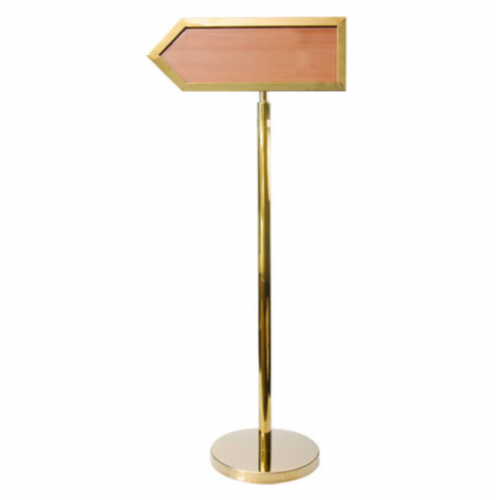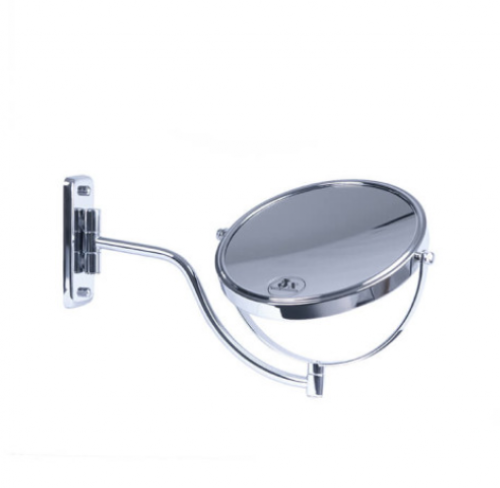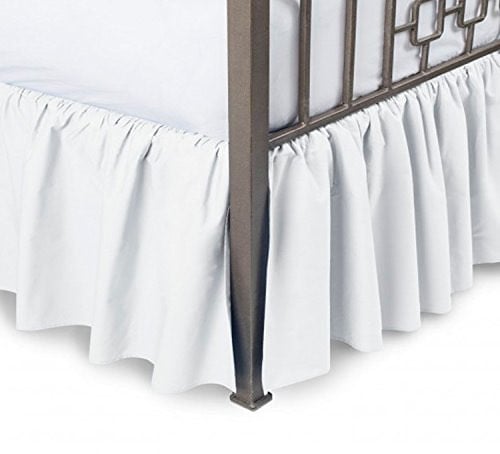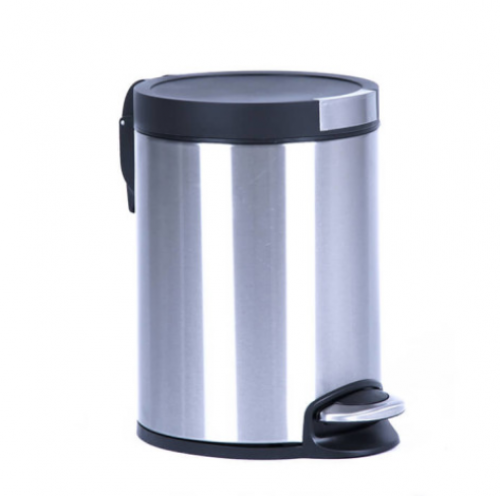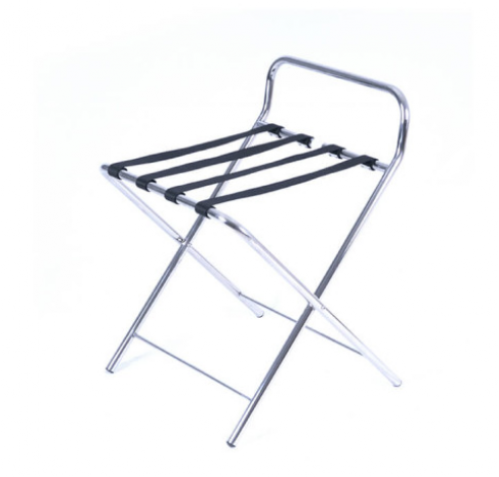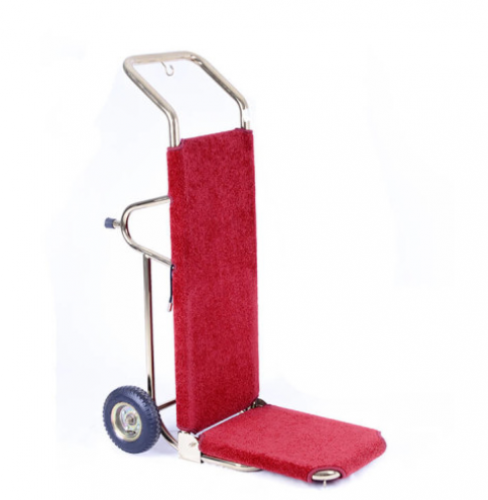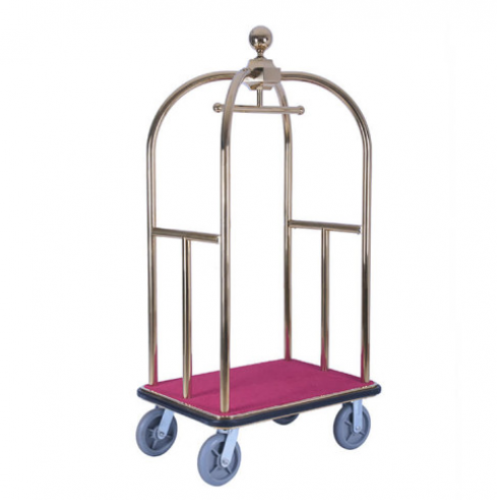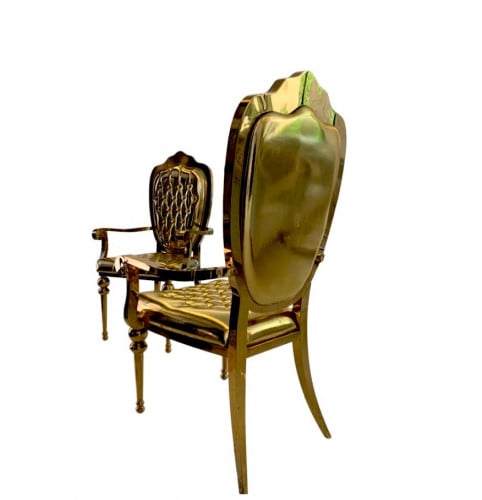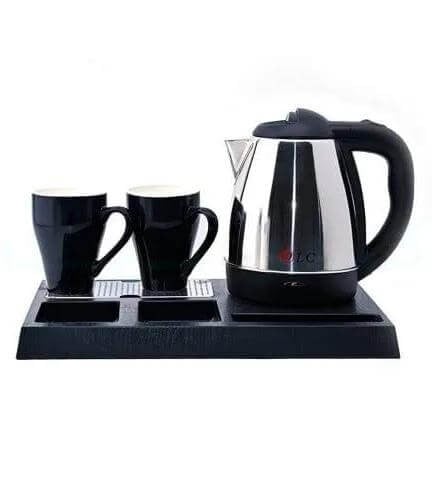Welcome board, directions and menu for hotels and restaurants
Welcome, signage and menu boards are essential elements that contribute to improving the guest experience in hotels and restaurants. These boards provide information in an organized manner, making it easier for customers to navigate the establishment and explore its services. Here are some details about this type of board:
1. Welcome Board
- Purpose :
- The plaque reflects the first impression guests have, providing a warm welcoming message as they enter.
- It is considered a tool for expressing the identity of the hotel or restaurant, through design, lines and colors.
- Content :
- A welcoming phrase such as: “Welcome to [name of hotel or restaurant].”
- It may include details about hotel services such as reception, hours of operation, or emergency extension number.
- Material and design :
- They are made using materials such as wood, acrylic, glass or stainless steel, and can be customized to match the decor of the place.
- Modern, classic or integrated design depending on the brand identity.
2. Instruction panel
- Purpose :
- Provide guests with clear directions and directions within the hotel or restaurant.
- Direct guests to different areas such as restaurants, meeting rooms, elevators, restrooms, and hallways.
- Content :
- Directional information (e.g., “restaurant on the right,” “meeting rooms on the second floor”).
- Emergency directions such as exit locations and firefighting equipment.
- They may include special instructions for guests such as “Please close windows when leaving the room” or “No smoking indoors.”
- Material and design :
- It is preferable to be made of weather-resistant materials if it is outdoors.
- Simple, clear design with contrasting colors for easy reading from a distance.
3. Hotel and restaurant menu
- Purpose :
- Providing food and beverage menu to guests at a hotel or restaurant.
- Allows guests to view the available options in a flexible and organized manner.
- Content :
- Menu : A list of available dishes, including appetizers, main courses, desserts, and juices.
- Beverage Menu : List of hot and cold drinks, alcoholic beverages (if available), and juices.
- It may include information about ingredients, allergies, or detailed descriptions of dishes.
- Material and design :
- Menus can be printed on premium paper, leather or acrylic packaging.
- Attractive design with colors that reflect the identity of the place, and clear, easy-to-read lines.
- The design can be customized to suit the ambiance, such as wood or metal panels for upscale restaurants.
Common specifications for all panels:
- Quality and durability :
- The panels should be made of high quality materials to ensure long life.
- Corrosion resistant, especially in wet areas such as bathrooms or kitchens.
- Attractive design :
- It is important that the design of the paintings matches the overall decor of the hotel or restaurant, while adding a touch of elegance and comfort.
- Ease of reading and access :
- Signs should be clear and easy to read from a distance.
- Make sure the fonts are large enough and legible without eye strain.
- Flexibility and customization :
- Ability to customize panels as required such as adding logos, special colors, or modifications to texts to suit special events or specific seasons.
Benefits of these panels:
- Improve customer experience : Make guests feel comfortable knowing where to go and where to find amenities.
- Enhance communication : Provides a visual way to communicate with guests about services and directions within the facility.
- Brand Professionalism : Reflects the professionalism of the hotel or restaurant and contributes to presenting an elegant image to their customers.
In conclusion , welcome signs, signage and menu boards are an integral part of enhancing the customer experience in hotels and restaurants. With a subtle and elegant design, these boards can add a professional touch and contribute to the comfort of guests.
